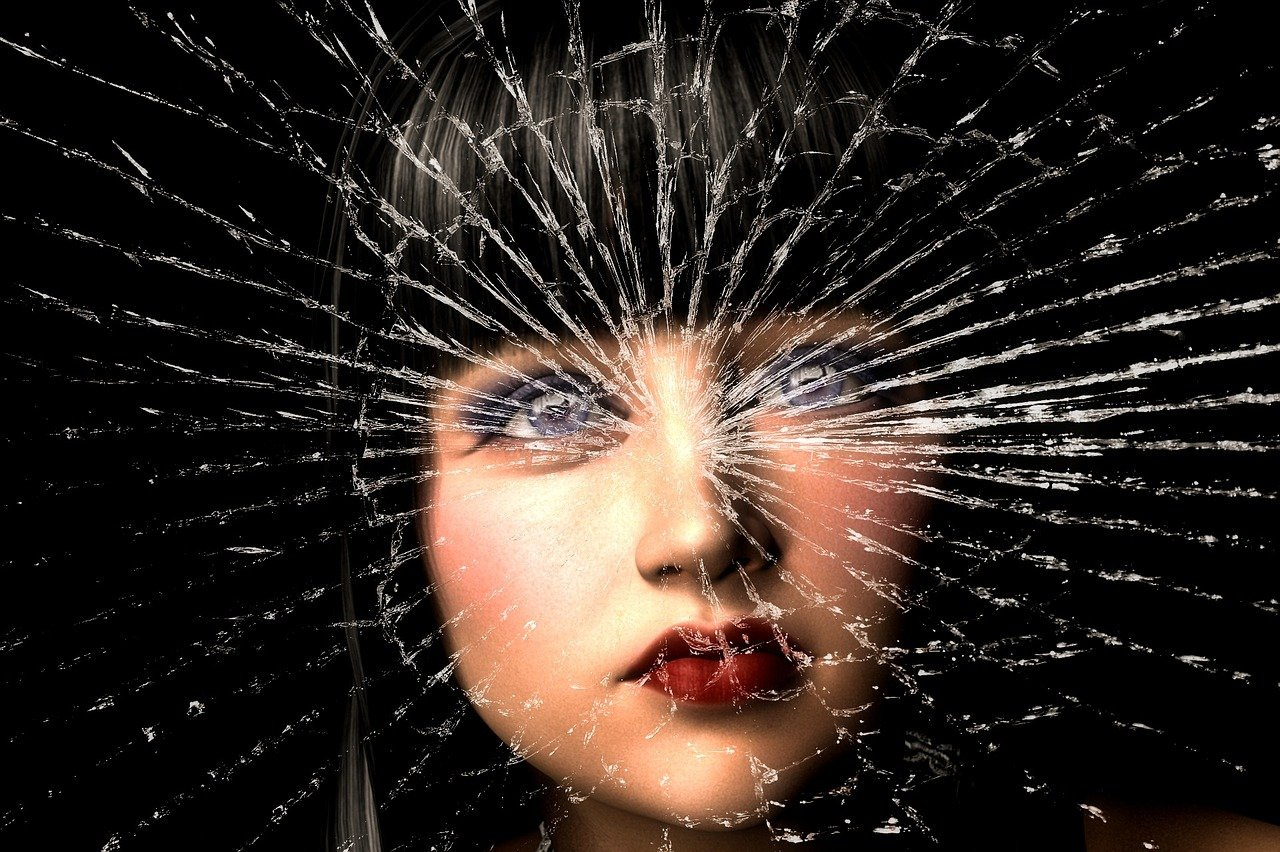Like the builders of the Tower of Babel, Americans used to share a common language; like people looking into the same mirror, they saw a common reflection. In 2009 the mirror shattered, or the tower collapsed—pick your metaphor—and hell broke loose. At least according to social psychologist Jonathan Haidt, who’s published a fascinating piece in The Atlantic on the calamitous effects of social media.
The highlights:
During the 2000s, social media was believed to be a boon to democracy, with optimism peaking around 2011 with the Arab Spring and Occupy Wall Street movement.
However, a couple of years earlier, in 2009, Facebook had introduced the “Like” button and Twitter introduced the “Retweet”, and other platforms followed with their own share buttons. Messages could now go viral in ways never before possible.
Messages that triggered emotion—especially anger toward “out-groups”—were most likely to be shared and to propagate through the internet.
Birthing hate mobs was not the intention, of course. Haidt notes that
One of the engineers at Twitter who had worked on the “Retweet” button later revealed that he regretted his contribution because it had made Twitter a nastier place. As he watched Twitter mobs forming through the use of the new tool, he thought to himself, “We might have just handed a 4-year-old a loaded weapon.”
Now society was no longer looking at itself in the same “mirror” as it did prior to the digital revolution. That mirror was shattered, and different groups ended up grasping different shards and seeing different realities.
Ever since then, gazing into our little shards and shooting angry messages at each other with semiautomatic glee, we’ve become a lot stupider; and the marriage of stupidity and hostility has given rise to political extremism, including “woke” censorship and cancel culture on the left and paranoid conspiracy theories on the right.
Haidt doesn’t see things getting better anytime soon. AI programs like GPT-3 can generate grammatically perfect and fairly coherent essays, and the newest version, GPT-4, will be even better, increasing the false information that can be dumped on the internet like kerosene, igniting fresh fires of hostility.
Haidt suggests various solutions, like modifying the “share” functions on Facebook and other platforms to slow down the proliferation of content. He also emphasizes the importance of free play in children as a means of teaching cooperation, compromise, making rules, managing conflict, and accepting defeat. This suggestion, I think, is a more compelling idea, and closer to the real solution.
Even before the Like-button Apocalypse of 2009, the internet already had us looking into virtual mirrors. The effect may not have been as disorienting as today, but it was there, and it’ll be there for the foreseeable future, even if we find ways of moderating its mind-deadening impact with technical adjustments.
The real solution, if I dare hazard one, is awareness of the problem and finding the discipline to look away from the shattered mirror and at the real physical people in our lives: our children, our spouses, the people in our local community. And not only the discipline to do it, but the conviction—because discipline will not last long without conviction.
And conviction in what?
That there is a shared mirror, a greater mirror—perhaps even a Great Mirror—that we must all look into, whose reflection shows ourselves and our reality more truly than any virtual image.
That’s another topic, though, which I’ll leave for another occasion.
In the meantime, here’s a link to the Haidt article.





